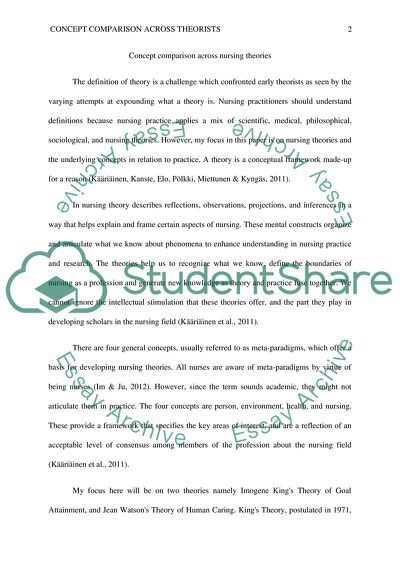Cite this document
(Concept comparison across theorists Essay Example | Topics and Well Written Essays - 1500 words, n.d.)
Concept comparison across theorists Essay Example | Topics and Well Written Essays - 1500 words. Retrieved from https://studentshare.org/nursing/1788588-concept-comparison-across-theorists
Concept comparison across theorists Essay Example | Topics and Well Written Essays - 1500 words. Retrieved from https://studentshare.org/nursing/1788588-concept-comparison-across-theorists
(Concept Comparison across Theorists Essay Example | Topics and Well Written Essays - 1500 Words)
Concept Comparison across Theorists Essay Example | Topics and Well Written Essays - 1500 Words. https://studentshare.org/nursing/1788588-concept-comparison-across-theorists.
Concept Comparison across Theorists Essay Example | Topics and Well Written Essays - 1500 Words. https://studentshare.org/nursing/1788588-concept-comparison-across-theorists.
“Concept Comparison across Theorists Essay Example | Topics and Well Written Essays - 1500 Words”. https://studentshare.org/nursing/1788588-concept-comparison-across-theorists.


